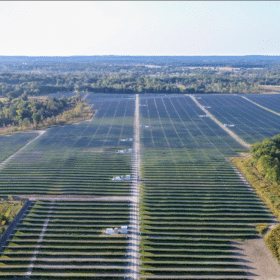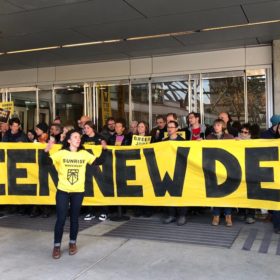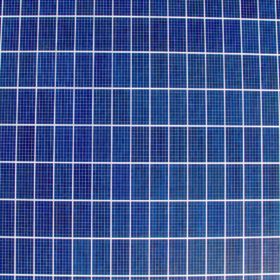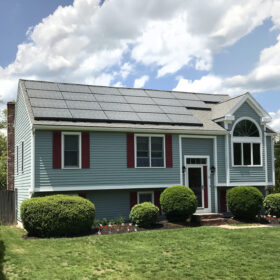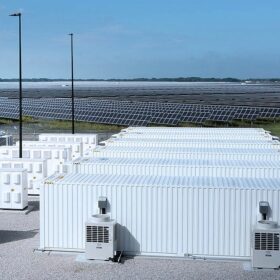Will Minnesota’s 100% clean energy mandate get through the senate?
The Minnesota House has passed a bill which mandates that utilities source all of their generation from zero-carbon sources by 2050, but now the bill goes to the Minnesota Senate, where Republicans hold a majority.
SC Solar Freedom Act clears senate committee, Hormel Foods on the road to renewables: pvMB 4/10/19
Hello and welcome to your hump day pvMB. Today we’ll be looking at CVE North America’s success in community solar under Massachusetts’ SMART progam, Anaheim, California’s schools going solar and so much more!
Supersized solar in the Midwest
Long seen as a slow region for solar deployment, the U.S. Midwest has seen an explosion of project development in recent years. And while there is still a lot of speculation and uncertainty, one way or another this region is going to see major development.
Harry Atwater to receive IEEE award, Nautilus acquires 21 MW in Minnesota: pvMB 4/8/19
Hello and thank you for starting your workweek with the pvMB. Today we’ll be looking at SEIA’s response to the ongoing Hanwha ITC investigation, a potential vote on the 500 MW Spotsylvania project, a free utility planning model from Arizona State and everything else you need to know in the onset of this week in the solar industry.
pvMB 3/29: Ameresco wins eight projects through SMART, University of Minnesota to go solar
The eagle flies on Friday, and in today’s pvMB we bring your Fluence’s new CTO, ET Solar making a comeback, Pason & Chint’s integrated energy storage solution, and more…
pvMB 3/25/19: New Mexico’s clean electricity bill signed, a new solar charging pilot program in Hawaii… and more!
Hello and thank you for starting your work week with the pvMB. Today we’ll be looking at the last hurdle facing South Carolina’s solar freedom bill, proposed regulations for large-scale solar in Upstate New York, GenRenew becoming a SunPower Master Dealer and expanding to Illinois and everything else you need to start your week!
Green New Deal arrives in state legislatures
This blog post by EQ Research takes a look at the spur of state-level green energy initiatives that have followed in the wake of the Green New Deal.
pvMB 3/12/19: Rhode Island’s solar siting bill, POWERHOME expands to Indiana… and more!
Hello and welcome to this Tuesday pvMB. Today we’ll be checking out NREL’s city-level siting data, a solar canopy protecting a car dealership from hail, Sierra Club and SunPower’s rebate program and everything else to prep you for your day.
Wind+solar developer sells pipeline to National Grid for more than $100 million
National Grid has purchased the wind and solar energy developer Geronimo Energy for “at least $100 million”, and is negotiating to buy a 51% stake in 378 MW the group has already developed.
100% zero-carbon energy policies advance in three states
Bills to move to 100% carbon-neutral electricity by 2030 and 2045 advanced in Washington and New Mexico, while Minnesota’s governor announced a plan to move his state to 100% zero-carbon by 2050.


